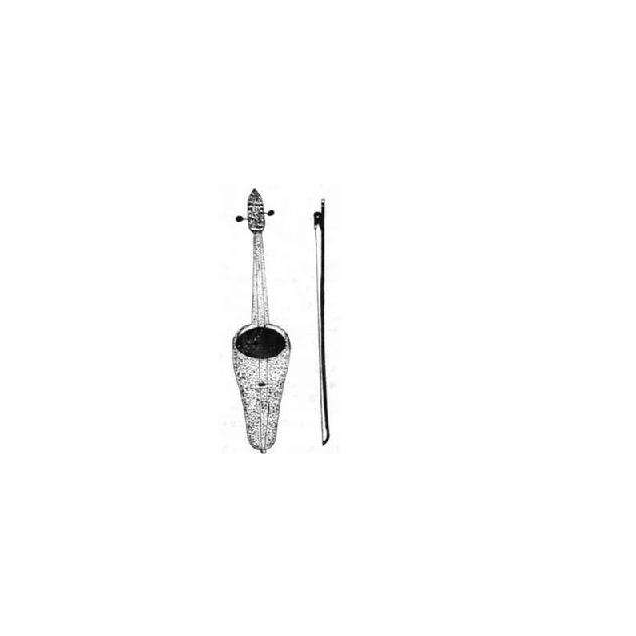Variations of Kjak and how to play it
The traditional kejak, with a total length of 62 cm to 75 cm, is similar in shape to a short spoon. The body is made of a whole section of pine or mulberry wood. It is covered with a thin sheet of fish scales, and the upper part of the panel has a cloud-shaped sound hole with a rich style. Zhang two silk strings. The production process is fine, and the sound is pure and round.

When playing kejak, put the piano case between your knees, hold the piano in your left hand and press the strings, and hold a ponytail bow in your right hand to play outside the strings.
Kejak is tuned according to the relationship of fourth or fifth degree as g, c1 or g, d1, range g-g2, there are two octaves. The traditional kejak has a thicker timbre due to its thicker skin and ponytail strings; the reformed kejak, with its wooden top and silk strings, has a soft and beautiful sound, like a trumpet with a mute.
It can be used for solo, ensemble or to accompany long narrative poems and folk songs.
 渝公网安备 50010702504639号
渝公网安备 50010702504639号